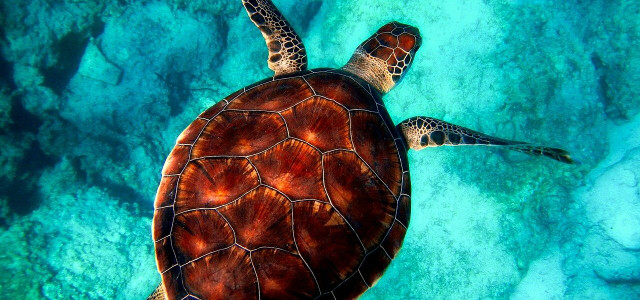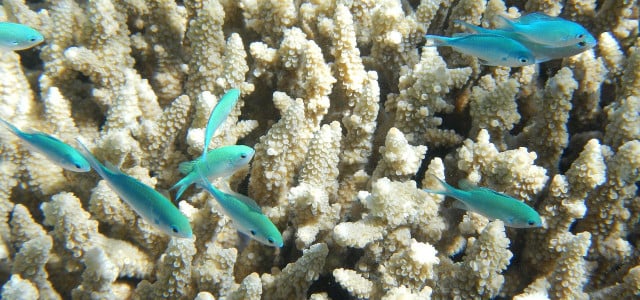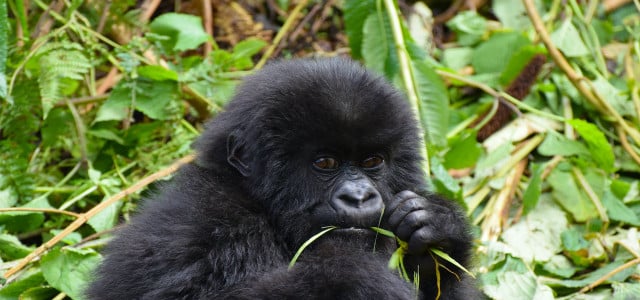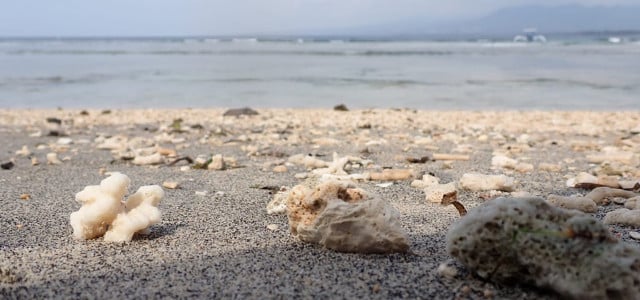Bycatch refers to marine animals that are accidentally captured during fishing. Below, we’ll discuss what problems are caused by bycatch and how they can be prevented.
Sometimes, fishing nets catch marine life they aren’t intended to — this is known as bycatch. Bycatch can be fish but also includes animals such as dolphins, whales, sea turtles, and seabirds. Even sea lions can be bycatch.
These animals suffer injury or die from being entangled in fishing gear. Modern fishing gear is often extremely strong and difficult to see, so it is easy for non-targeted animals to get caught. We’ll tell you what problems bycatch causes and how it can be prevented on an industrial and individual level.
What Problems Does Bycatch Cause?



(Foto: CC0 / Pixabay / TheOtherKev)
According to the WWF, 300,000 small whales and dolphins, 250,000 endangered loggerhead turtles and critically endangered leatherback turtles, and 300,000 seabirds are accidentally killed every year. Furthermore, the Agriculture Organization of the UN estimates that an annual 9.1 million tonnes (10 percent of yearly catches) are victims of bycatch. So, despite new technologies and industry recognition of the issue, bycatch is still a major problem. It is particularly disruptive to endangered species, whose numbers often cannot recover after being caught. For example, the endangered Australian sea lion is frequently captured in gillnets, near-invisible nets fishermen use to catch sharks.
How Can Bycatch Be Prevented?
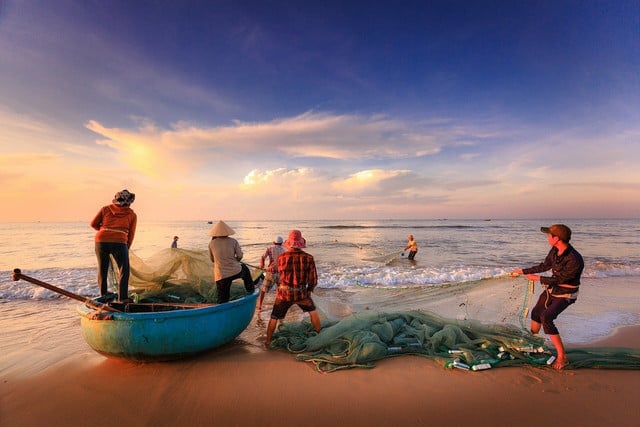


(Foto: CC0 / Pixabay / Quangpraha)
The MSC Fisheries Standard, established by the Marine Stewardship Council, has been set up to certify fishermen with the aim of improving fishing methods and reducing bycatch. The program aids fisheries in reducing their environmental impact by encouraging them to contribute to research, helping them improve their fishing methods and implementing measures to build up fish populations in target areas.
In addition, fisheries can use sustainable fishing methods to decrease bycatch. One approach is to lower the amount of fishing in certain areas, particularly if endangered species live there, or to direct fisheries away from hotspots where bycatch is common. Fisheries can also take advantage of modern technologies, like fishing nets made of material that makes it easier for non-target animals to escape.
What Can You Do To Help?
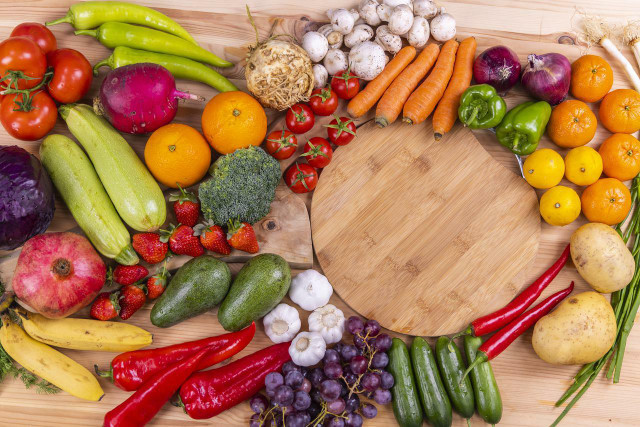


(Foto: CC0 / Pixabay / Engin_Akyurt)
On an individual level, eating a plant-based diet is the best way to help animals and save the ocean. There are many health and environmental benefits from switching to a vegan or vegetarian diet. By choosing to stop consuming fish, you no longer support the fishing industry that injures and kills so many animals due to bycatch each year.
Read more:
- Environmental Organizations: 8 NGOs and Non-Profits Worth Supporting
- Plastic Pollution in the Ocean: What Can I Do About It?
- What is Sustainable Development and Why Is It Necessary?
Do you like this post?






